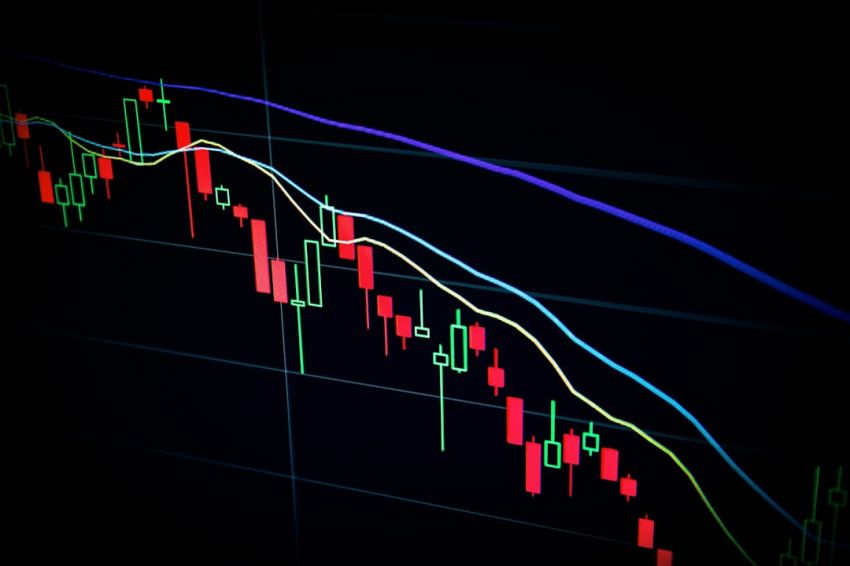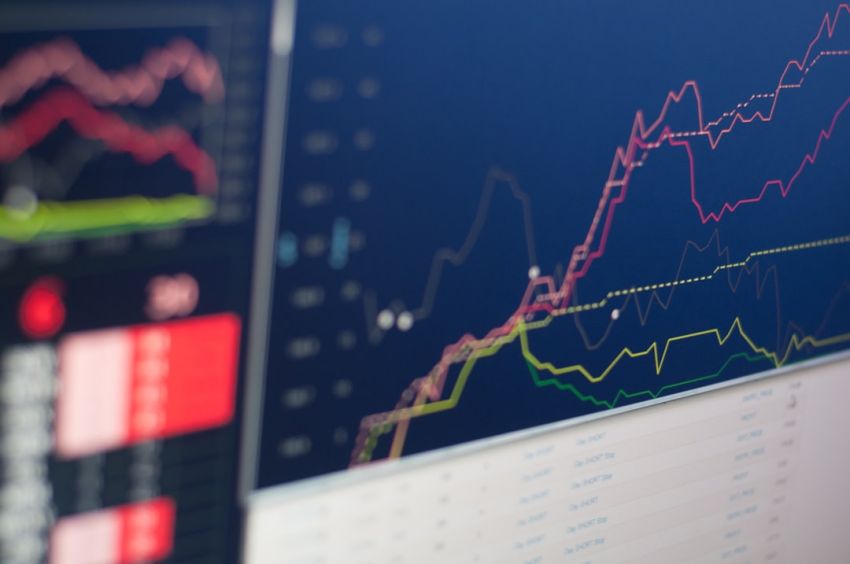Algorithmic trading systems have revolutionized the way financial markets operate. These systems utilize complex algorithms to execute trades at high speeds and volumes, far beyond the capacity of human traders. Understanding how these systems work is essential for anyone looking to delve into the world of automated trading.
The Basics of Algorithmic Trading Systems
At the core of algorithmic trading systems lie sophisticated algorithms that are designed to analyze market data, identify trading opportunities, and execute trades automatically. These algorithms are programmed to follow specific sets of rules and criteria, allowing them to make split-second decisions based on market conditions.
Data Analysis and Decision-Making
One of the key components of algorithmic trading systems is data analysis. These systems are equipped with powerful computers that can process vast amounts of market data in real-time. They analyze various factors such as price movements, volume, and market trends to identify patterns and signals that indicate potential trading opportunities.
Once the algorithms have identified a trading opportunity, they make lightning-fast decisions on whether to buy or sell a particular asset. These decisions are based on predefined criteria set by the algorithm, such as price levels, technical indicators, or market conditions.
Automated Order Execution
After making a trading decision, algorithmic trading systems execute orders automatically without any human intervention. This automation allows trades to be executed at optimal prices and speeds, reducing the impact of emotions and human error on trading decisions.
Algorithmic trading systems can place orders across multiple markets and asset classes simultaneously, taking advantage of opportunities that may arise in different parts of the market. This ability to trade across various markets at high speeds gives algorithmic traders a competitive edge over traditional human traders.
Risk Management and Monitoring
Effective risk management is crucial in algorithmic trading to protect against potential losses. These systems are equipped with risk management tools that monitor trades in real-time and adjust trading parameters to minimize risks. For example, algorithms can set stop-loss orders to automatically exit a trade if it reaches a certain level of loss.
Monitoring is another essential aspect of algorithmic trading systems. Traders need to constantly monitor the performance of their algorithms and make adjustments as needed to ensure optimal performance. This may involve tweaking trading parameters, updating algorithms, or implementing new strategies based on market conditions.
The Role of Backtesting and Optimization
Before deploying an algorithmic trading system in live markets, traders often conduct backtesting to evaluate the performance of their algorithms using historical data. Backtesting allows traders to assess how their algorithms would have performed in past market conditions and identify areas for improvement.
Optimization is another crucial step in algorithmic trading. Traders continuously refine and optimize their algorithms to adapt to changing market conditions and improve overall performance. This process may involve adjusting parameters, adding new rules, or incorporating new data sources to enhance the algorithm’s predictive capabilities.
Incorporating Machine Learning and AI
Advancements in machine learning and artificial intelligence have further enhanced the capabilities of algorithmic trading systems. Some traders incorporate machine learning algorithms that can adapt and learn from new data to improve decision-making over time. These AI-powered systems can analyze complex data patterns and make more accurate predictions, giving traders a competitive edge in the market.
In conclusion, algorithmic trading systems have transformed the landscape of financial markets, allowing traders to execute trades with speed, precision, and efficiency. By harnessing the power of algorithms, traders can capitalize on market opportunities and navigate the complexities of modern trading environments. Understanding how these systems work is essential for traders looking to stay ahead in today’s fast-paced and competitive markets.










